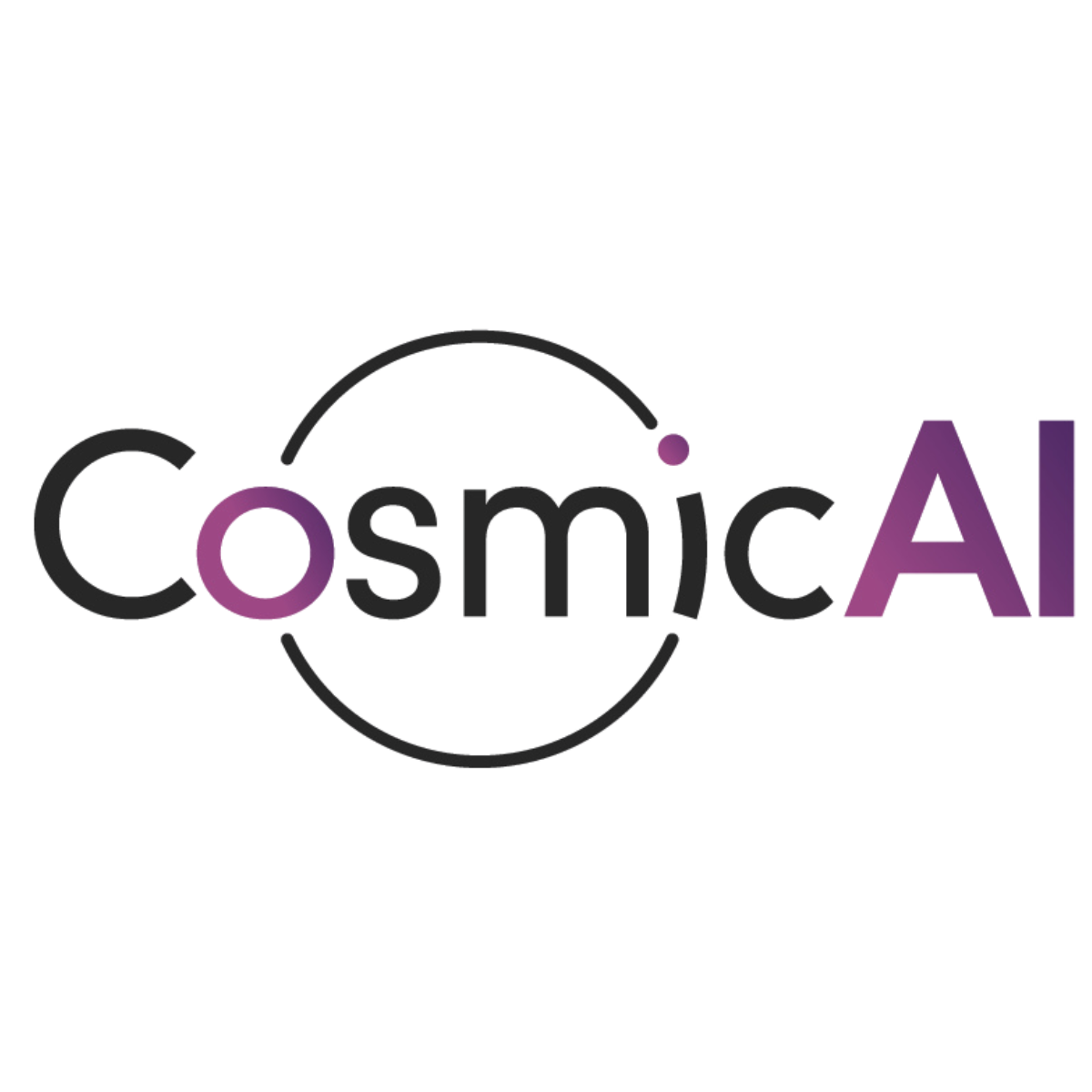Upcoming Event: CosmicAI Seminar
1) Zhé-Yǔ Daniel Lín, Janskey Fellow (NRAO) 2) Omkar Bait, CosmicAI Fellow (NRAO) 3) Felix Stoehr, Scientist (European Southern Observatory); ALMA Science Archive Subsystem Scientist,
11 –
Wednesday Dec 3, 2025
Part 1 Abstract: Light scattering by dust particles is often modeled assuming the dust is spherical for numerical simplicity and speed. However, real dust particles have highly irregular morphologies that significantly affect their scattering properties. In this talk, I will introduce a case study where we can train a neural network on simulations of light scattering from irregularly shaped dust grains, offering a computationally efficient alternative to the Lorenz-Mie theory. We computed scattering properties using the Discrete Dipole Approximation code for irregularly shaped particles across a large range of sizes and complex refractive index, including astrosilicates, pyroxene, enstatite, water-ice, etc, in the mid-infrared. The neural network operates at millisecond timescales while maintaining superior accuracy compared to linear interpolation. Validation against laboratory measurements of forsterite and hematite demonstrates that our neural network captures both qualitative and quantitative behaviors more accurately than spherical models. Millimeter-wavelength applications reveal that spherical grains produce opposite polarization signatures compared to irregular grains. Emulators of dust scattering can alleviate the computational barrier to incorporating realistic grain morphologies in the dust inference and radiative transfer simulations for various astronomical environments where dust particles are unlikely spherical.
Part 2 Abstract: Next-generation radio observatories (e.g., ngVLA and SKA) will produce massive volumes of data, challenging traditional imaging and source-extraction methods in radio astronomy. We present two complementary AI-driven approaches to address this: (i) a deep neural network framework for direct source localization from radio visibilities, bypassing image reconstruction entirely; and (ii) conditional denoising diffusion models (DDPMs) for reconstructing sky models from dirty radio maps, enabling accurate source localization and flux estimation with inherent uncertainty. On ALMA-simulated datasets, both methods outperform traditional pipelines, particularly in low signal-to-noise regimes, and achieve up to 30× faster execution. These results highlight the potential of stochastic and deep neural networks to deliver robust and efficient solutions for next-generation interferometric imaging.
Part 3 Abstract: With the exponential growth of astronomical data over time, finding the needles in the haystack is becoming increasingly difficult. The next frontier for science archives is to enable searches not only on observational metadata, but also on the content of the observations themselves. As a step in this direction, we have implemented morphological image similarity search into the ALMA Science Archive (ASA). To achieve this we use self-supervised contrastive affine-transformation-independent representation learning of source morphologies with a deep neural network. For a given image on the ASA web interface, astronomers are presented with a summary view of the morphologically most similar images. Each time an astronomer selects an additional image from that view, the display is instantly updated to show the images most similar to the combination of the selected images. Each selection thus refines the similarity display according to the scientific needs of the astronomer. This is the first time image similarity search has been offered in an astronomical science archive.
Zhé-Yǔ Daniel Lín graduated with a PhD in astronomy at the University of Virginia in 2024 and subsequently joined the Earth & Planets Laboratory of Carnegie Science in Washington, D.C. as a postdoctoral fellow. His research aims to understand planet formation and the evolution of planetary systems. Specifically, he focuses on utilizing polarization from the Atacama Large Millimeter/submillimeter Array and the NSF Very Large Array to inspect grain growth and grain alignment mechanisms. He complements observational work by employing advanced numerical techniques, including Monte Carlo radiation transfer, discrete dipole approximation, and machine learning, to maximize insights from data.
Omkar Bait is a CosmicAI Fellow at the National Radio Astronomy Observatory in Charlottesville, working at the interface of artificial intelligence and radio astronomy. His research focuses on developing novel AI/ML techniques designed to address the data-processing challenges posed by next-generation radio telescopes.
Felix Stoehr is astrophysicist at the European Southern Observatory. He is the responsible scientist for the Science Archive of the Atacama Large Millimeter/submillimeter Array (ALMA) and leads the corresponding working group. Felix started out working on galaxy formation using numerical simulations on high-performance computing systems before joining ESO to work for the HST archive and then for ALMA. Felix has a strong interest in science, machine-learning, user-centered design and in helping shape the future of astronomy.
